10 Birds That Chirp at Night In New York (with Pictures)
Last Updated on
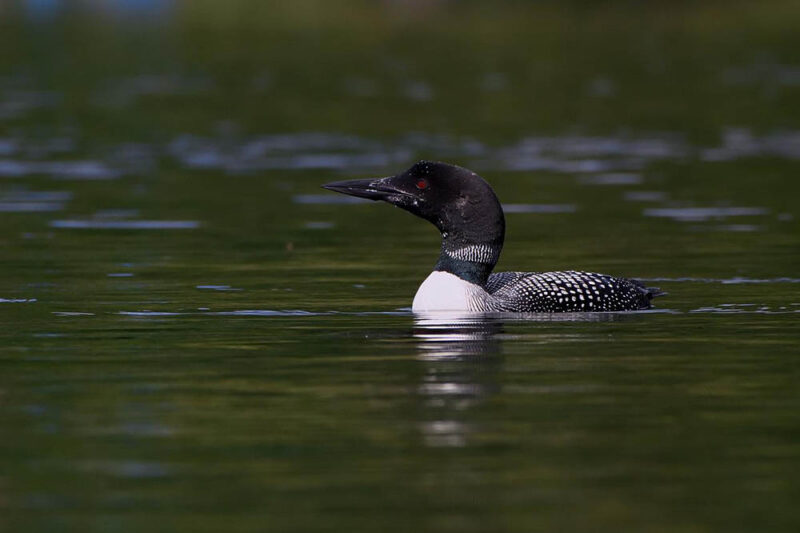
Typically, birds are diurnal rather than nocturnal, which means that they are active during the day and rest at night. However, the abundance of people, traffic, and loud noises in the daytime mean that New York is home to a selection of birds that go about their business at night.
As well as a selection of owls that especially enjoy the green park areas, there are a host of nocturnal birds, as well as some, like the Robin, that are not strictly nocturnal but are light sleepers and may be active at any time of day or night.
Below are 10 birds that chirp or otherwise sing at night in New York.

Top 10 Birds That Chirp at Night in New York:
1. Northern Cardinals

| Latin name: | Cardinalis cardinalis |
| Size: | 8.5 inches |
| Weight: | 1.6 ounces |
The Northern Cardinal is a common sight in New York, and its red plumage makes it easy to spot. The male is primarily red, with a black beak. While the female has a light brown body, she does have red streaks and a red tinge to her feathers. Unusually, the female and the male of the species both sing, and you are most likely to hear Northern Cardinals sing before the sun comes up, so in the early hours of the morning.
2. Night Herons
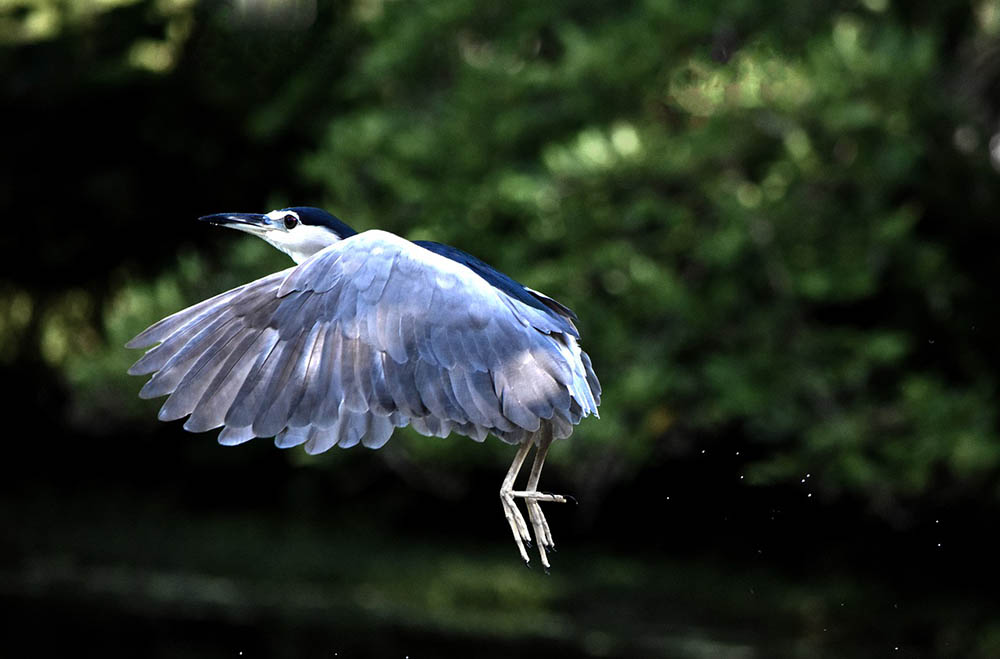
| Latin name: | Nycticorax nycticorax |
| Size: | 25 inches |
| Weight: | 2 pounds |
Night herons are unusual in that they hunt for frogs and other prey at night. They tend to cluck and squawk rather than a chirp, but they can be heard especially around the harbors. The Night Heron is gray, black, and white and is said to have the posture of a hunched old man. Although the species usually migrates south for winter, it may stay in the area year-round during milder years.
3. Nighthawks
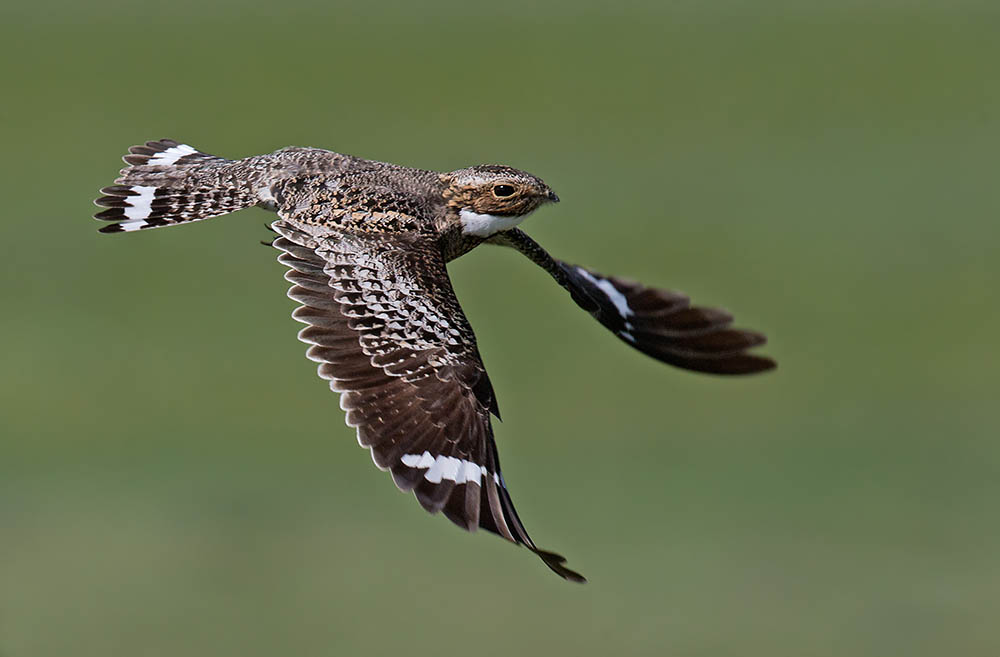
| Latin name: | Chodeilis minor |
| Size: | 9 inches |
| Weight: | 3 ounces |
Despite its name, the Nighthawk is not really a hawk and, although it can be active at night, it isn’t truly nocturnal. It is gray, white, and brown, and they have a call that is similar to the peent call of a Woodcock. Nighthawks tend to hunt around woodlands, and they are migratory so are not usually seen during the winter months. In fact, the Nighthawk has one of the longest migratory flights of any North American bird.
4. Robins
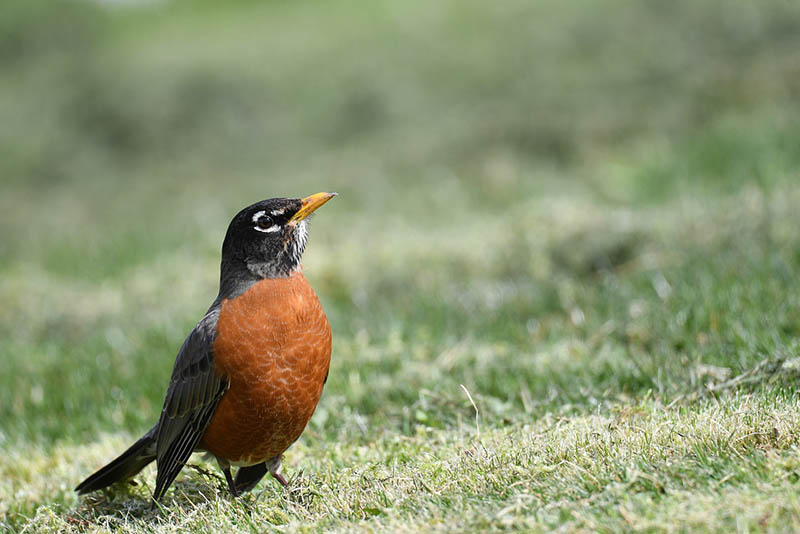
| Latin name: | Turdus migratorius |
| Size: | 10 inches |
| Weight: | 2.5 ounces |
The American Robin is prevalent throughout New York and is one of the country’s greatest urban success stories. Although named after the European Robin, because of its red breast feathers, the two birds are not related. The American Robin is a migratory bird and is recognizable for its red-colored breast. Although not nocturnal, Robins can sometimes be heard during the night because they are easily roused and because the loud noises of the city mean that their mating calls are not always successfully heard during the day.
5. Swamp Sparrows
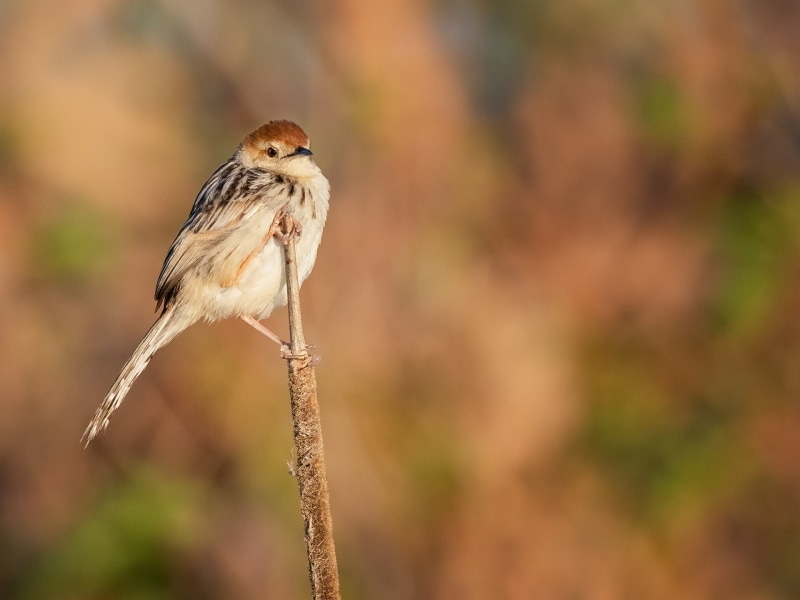
| Latin name: | Melospiza georgiana |
| Size: | 5 inches |
| Weight: | 0.6 ounces |
Swamp Sparrows are found around any water, which can include lakes and ponds in parks. They have a distinctive call and while they are not nocturnal, they are heard as the sun rises and sometimes a little earlier. The Swamp Sparrow has longer legs than other sparrow species, which enables them to be able to safely wade in swamp water while hunting for invertebrate prey.
6. Whip-Poor-Wills

| Latin name: | Antrostomus vociferus |
| Size: | 10 inches |
| Weight: | 1.8 ounces |
The Eastern Whip-Poor-Wills are quite rugged-looking birds, and their brindle markings mean that they are difficult to see. However, they are active at dawn and dusk, when they hunt insects, and they can make a lot of noise during this time. Although they typically live in open woodlands, they can be seen, or rather heard, in parks and other green areas of New York.
7. Northern Mockingbird

| Latin name: | Mimus polyglottos |
| Size: | 10 inches |
| Weight: | 1.8 ounces |
Northern Mockingbirds are common across the country and are especially well known for their mimicry abilities. The Northern Mockingbird can and does learn the song of other birds in the area, which means that it can be very difficult to tell if you have one in your yard by sound alone. The bird itself is gray and can be aggressive with other species that encroach on its area. It is believed that male Mockingbirds can learn as many as 200 different songs during their lifetime.
8. Upland Sandpiper

| Latin name: | Bartramia longicauda |
| Size: | 11 inches |
| Weight: | 5 ounces |
Upland Sandpipers are migratory shorebirds, but unlike most shore birds they tend to stay away from wetlands. The species can be found near airports because they consider the short grass favorable. It is especially vocal at the beginning of nesting periods when it can be seen on fence posts calling potential mates.
9. Common Loon

| Latin name: | Gavia immer |
| Size: | 30 inches |
| Weight: | 4 pounds |
The Common Loon is a diving water bird that hunts for food using a similar diving technique to ducks. The species is a water bird and very rarely comes ashore. This migratory bird is ill-equipped to get around on land but is skilled in the water and can fly at speeds of up to 70 miles per hour when migrating. Although the bird squawks rather than chirps, it is very loud, and when one starts making noise, others join in, so it is commonly heard.
10. Yellow-Breasted Chat

| Latin name: | Icteria virens |
| Size: | 7 inches |
| Weight: | 1 ounce |
The Yellow-Breasted Chat is a songbird that has a variety of noises from chirps to gurgles, although its song is really only heard during Spring, with the species remaining mostly silent at other times of the year. Despite their yellow plumage, the Yellow-Breasted Chat can be difficult to find because they reside in deep undergrowth and thickets.

Final Thoughts
Although areas of New York are heavily urbanized, several bird species have adapted to living around people, as well as those that live in the parks, docks, and less urban areas. Some species have even made the airport fields their chosen home. And, while most birds are diurnal, you will hear some calling and singing at night. As well as several species of owl, with their distinctive hoots, you may hear the 10 birds listed above providing a night-time serenade.
Featured Image Credit: detillybert, Pixabay
About the Author Robert Sparks
Robert’s obsession with all things optical started early in life, when his optician father would bring home prototypes for Robert to play with. Nowadays, Robert is dedicated to helping others find the right optics for their needs. His hobbies include astronomy, astrophysics, and model building. Originally from Newark, NJ, he resides in Santa Fe, New Mexico, where the nighttime skies are filled with glittering stars.
Related Articles:
Monocular vs Telescope: Differences Explained (With Pictures)
How to Choose Binoculars for Bird Watching: 10 Expert Tips
10 Types of Hummingbirds in Arkansas (With Pictures)
8 Types of Hummingbirds in Nebraska (With Pictures)
5 Types of Hummingbirds in Idaho (With Pictures)
3 Types of Hummingbirds in Mississippi (With Pictures)
8 Types of Hummingbirds in Kansas (With Pictures)
5 Types of Hummingbirds in West Virginia (With Pictures)
